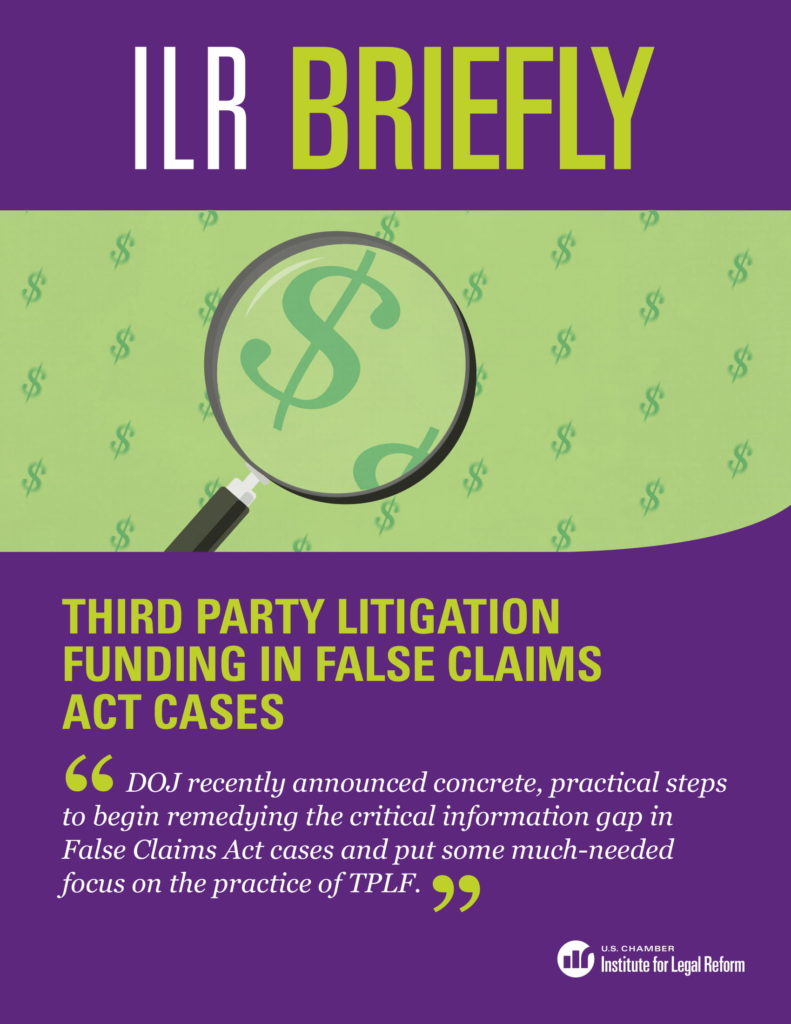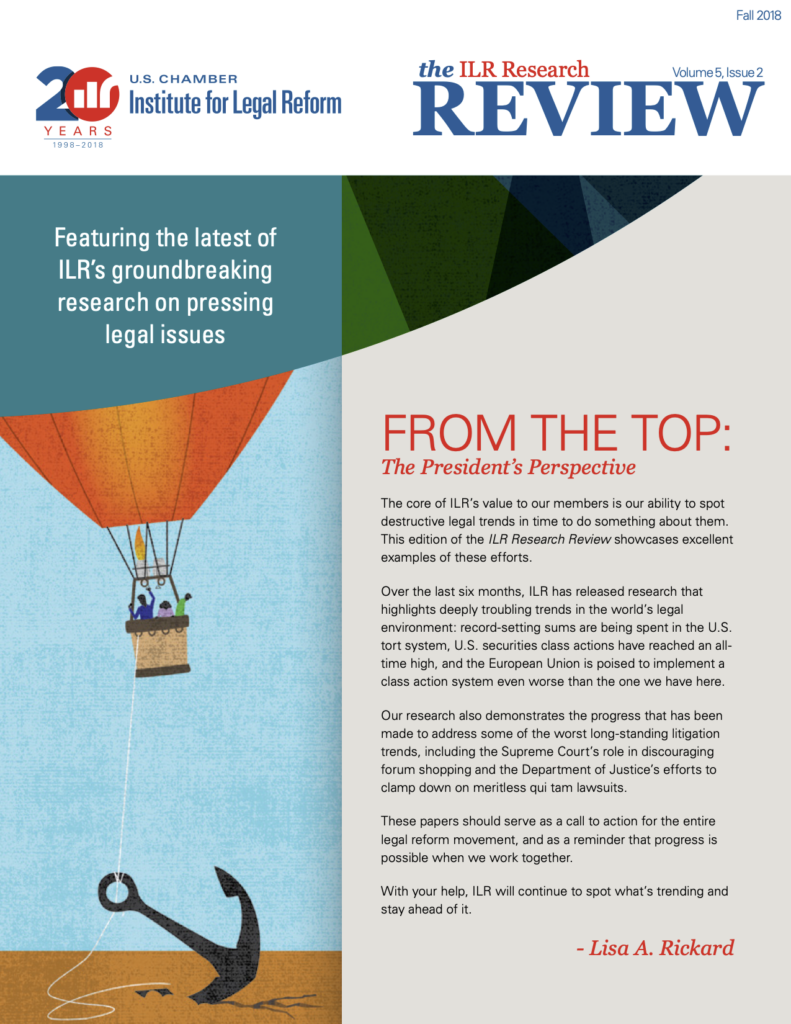The federal False Claims Act (FCA) plays an important role as the U.S. government’s primary weapon to combat fraud against it. The FCA allows enforcement officials to seek a remedy of treble damages and mandatory civil penalties against alleged wrongdoers and also allows private citizens (qui tam relators) to bring FCA lawsuits on behalf of the government. Unfortunately, as this ILR Briefly shows, the mandatory per-claim civil penalty provision of the FCA has a highly disproportionate impact on a key American industry characterized by high volumes of low-dollar federal claims – the health care system.
In 2021, federal spending on health care accounted for about 24 percent of total federal outlays, but FCA lawsuits involving federal health care claims accounted for nearly 90 percent of total FCA recoveries. This is perhaps not surprising given that the current minimum penalty per FCA violation is $11,803, whether the violation in question involves a $120 office visit, a $40 lab test, or a few dollars for a prescription. Violations are often highly technical and can easily add up, resulting in liabilities of millions of dollars for hospitals and other entities that often operate as non-profits. While the anti-fraud goal of the FCA is laudable, its impact on the health care industry is clearly out of balance with the policy outcomes it’s meant to achieve. In fact the biggest winners in this dynamic are qui tam relators—who proportionately file far more FCA lawsuits than the federal government—and the plaintiffs’ lawyers they employ.
ILR’s paper unveils the striking data behind the FCA’s targeting of the health care industry and suggests clear, simple reforms that would ensure the FCA is equitably applied and that it no longer acts as a magnet for abusive lawsuits from private litigants.



